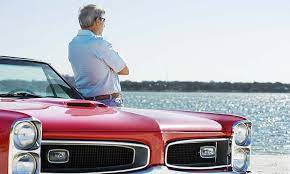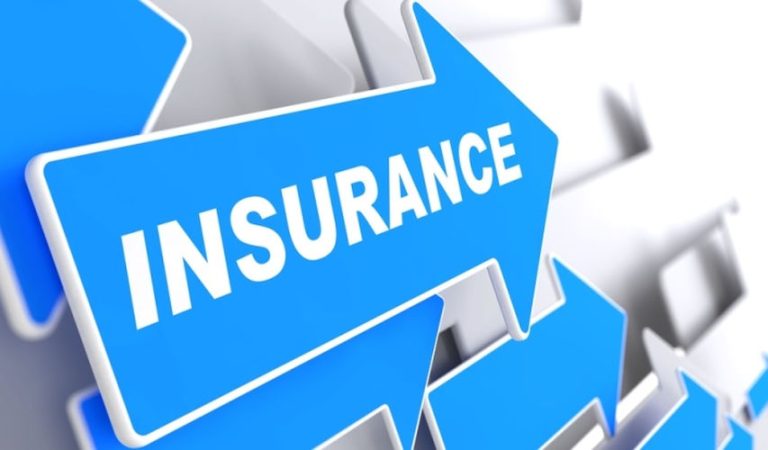
Navigating the Road: Understanding Classic Car Insurance Rates
Introduction:
Owning a classic car is a dream cherished by many enthusiasts, but protecting these timeless treasures comes with a unique set of challenges. Classic car insurance rates can be a maze for owners, as they are influenced by various factors that differ from regular auto insurance. In this comprehensive guide, we will delve into the intricacies of classic car insurance, exploring the factors that affect rates and offering insights to help classic car owners navigate the insurance landscape.
What Makes a Car Classic?
Before delving into classic car insurance rates, it’s crucial to understand what qualifies a car as “classic.” Generally, a classic car is defined as a vehicle that is at least 20 to 25 years old, possesses historical interest, and is maintained in a condition that preserves its originality or has undergone restoration. These cars are often used for exhibitions, parades, and other events rather than everyday commuting.
Unique Coverage Needs for Classic Cars:
Classic cars are not simply a mode of transportation; they are prized possessions that often appreciate in value over time. As a result, traditional auto insurance may not provide adequate coverage for the unique needs of classic car owners. Classic car insurance is designed to address these specific requirements, offering coverage that takes into account the rarity and value of these vehicles.
Factors Influencing Classic Car Insurance Rates:
- Agreed Value Coverage: Unlike regular auto insurance, classic car insurance often provides agreed value coverage. This means that the insurer and the policyholder agree on the car’s value at the time of purchasing the policy. In the event of a total loss, the agreed-upon value is what the owner receives, ensuring that the car’s true worth is protected.
- Mileage Restrictions: Classic car insurance typically comes with mileage restrictions since these vehicles are not intended for everyday use. Owners are often required to limit their annual mileage, helping to mitigate the risk of accidents and maintain the car’s pristine condition.
- Storage and Security Measures: Where and how a classic car is stored significantly impacts insurance rates. Cars stored in secure garages and equipped with anti-theft devices are considered lower risks, leading to potentially lower insurance premiums.
- Driving Record: While a clean driving record is essential for any insurance policy, it holds particular significance for classic car owners. Insurance companies may offer better rates to owners with a history of responsible driving, as it reflects a lower risk of accidents or damage to the cherished vehicle.
- Appraisal Process: Classic car insurance often requires an appraisal to determine the vehicle’s value accurately. This process involves a qualified appraiser assessing the car’s condition, originality, and any modifications. The appraisal value contributes to establishing the agreed value in the insurance policy.
- Usage Restrictions: Some classic car insurance policies come with usage restrictions, specifying that the vehicle is for recreational use only. This limitation helps insurers manage risks associated with daily commuting or business use.
- Age and Type of Vehicle: The age and type of the classic car significantly influence insurance rates. Older and rarer models may have higher values, leading to increased insurance premiums. Additionally, some insurers may categorize classic cars into different groups based on their collectible status and adjust rates accordingly.
Navigating the Classic Car Insurance Market:
- Comparing Quotes: The classic car insurance market is diverse, with various providers offering different coverage options and rates. It’s crucial for owners to compare quotes from multiple insurers, considering the specific needs of their classic car.
- Choosing the Right Coverage: Classic car owners must carefully review and choose coverage that aligns with their vehicle’s value, usage, and storage conditions. Understanding the terms of agreed value coverage, mileage limits, and any usage restrictions is essential to selecting the right policy.
- Discounts and Bundling: Some insurers offer discounts for classic car owners who meet specific criteria, such as having multiple policies with the same company or belonging to recognized classic car clubs. Exploring these options can lead to cost savings without compromising on coverage.
- Regular Policy Reviews: As the value of classic cars can change over time, owners should regularly review and update their insurance policies. This ensures that the agreed value accurately reflects the current market value of the vehicle.
Conclusion:
Owning a classic car is a passion that deserves protection through specialized insurance coverage. Classic car insurance rates may seem complex, but with a clear understanding of the unique factors influencing them, owners can make informed decisions to safeguard their cherished automobiles. By comparing quotes, selecting the right coverage, and staying vigilant with policy reviews, classic car enthusiasts can confidently navigate the road of insurance, ensuring that their prized possessions are well-protected for generations to come.






